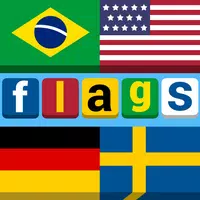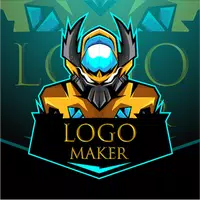"Switch 2: A Major Leap in Accessibility for Nintendo"
After months of intense speculation, rumors, and leaks, Nintendo finally unveiled the Switch 2 in a dedicated Direct. Not only did we receive exciting trailers for new titles like Mario Kart World, Donkey Kong Bonanza, and even exclusive Nintendo GameCube games for Switch 2 Online, but we also got an in-depth look at the system itself. From an accessibility perspective, I'm thrilled to report that the Switch 2 represents a significant upgrade over its predecessor in nearly every aspect.
Several months ago, I shared my accessibility predictions for Nintendo's latest console. I hoped for more robust accessibility options, enhanced Joy-Con usage, and unique inclusive design practices. To my delight, Nintendo not only met these expectations but exceeded them with additional features. Let's dive into the confirmed accessibility enhancements of the Switch 2 in this Access Designed review.
New Accessibility Settings
The Direct itself showcased limited tangible accessibility options, with the notable exception of fully customizable controls for each virtual GameCube game, aligned with system settings. However, Nintendo released an accessibility page that detailed both returning and new features.
Fully customizable controls make a return, functioning similarly to the original Switch. The option to adjust text size to three different variants is back, now with the added ability to implement High Contrast and change general display colors. The Zoom functionality, essential for blind and low vision players, also makes a comeback. But the most surprising addition is the new "Screen Reader" setting.
For blind and low vision individuals, settings like Text-to-Speech are crucial for navigating menus and settings. Although the Screen Reader is limited to the HOME menu and system settings, it's a vital tool that enables disabled players to navigate the Switch 2 independently. Users can customize the voices, read speeds, and volume levels. While it's unclear if individual games will support these tools or offer their own accessibility features, Nintendo's recognition of their disabled audience is encouraging and sparks curiosity about future accessibility developments.
Innovative Design
While not part of a specific menu, Nintendo introduced an inclusive tool within the revamped Nintendo Switch App: Zelda Notes, a companion app for Breath of the Wild and Tears of the Kingdom. The Navigation feature allows players to locate shops, areas of interest, and even elusive Koroks using a GPS-like UI. Accompanied by audio cues and voices, the app guides players to their chosen destinations. Though it doesn't assist with precise navigation or enemy encounters, it significantly aids blind and low vision individuals in navigating the expansive game world, reducing cognitive overload.
For cognitive, blind/low vision, and physically disabled players, the app's Autobuild Sharing tool is a game-changer. By scanning a QR code, players can automatically construct Zonai machines if they possess the necessary materials. This feature alleviates the challenges I faced with the control layout and button requirements for building Zonai machinery in Tears of the Kingdom. Now, I can focus solely on gathering materials without the hassle of the building process. This exemplifies Nintendo's commitment to inclusive design, which I've long admired.
Additionally, the Item Sharing feature, similar to Autobuild Sharing, allows disabled individuals to exchange items by scanning QR codes, reducing the physical strain of constantly searching for weapons and food. While these features don't make Breath of the Wild and Tears of the Kingdom fully accessible, they represent a significant step forward.
Wheelchair Sports
The most surprising announcement was Drag X Drive, a Rocket League-inspired game where players control characters in manual wheelchairs on a basketball court. This not only showcases proper disability representation but also highlights one of the Switch 2's new hardware features: mouse control.
By turning the Joy-Con on its side, players can move it across any surface, mimicking a computer mouse. Although we don't yet know the required force to move the cursor, this new way of playing promises accessibility benefits for various disabled players. Combined with the existing array of controller types available for the Switch and Switch 2, Nintendo continues to innovate in controller usage.
As a lifelong Nintendo fan, I'm incredibly excited about the Switch 2. While I'm hesitant to spend upwards of $450 on the system, my love for gaming began with Nintendo. Each new system brings exciting accessibility enhancements that underscore Nintendo's dedication to accessibility and inclusive design. Although Nintendo doesn't yet offer a first-party accessible device like the Xbox Adaptive Controller or PlayStation Access Controller, they are innovating in unique ways to enhance gameplay for disabled individuals. Coupled with their recent commitment to standardized accessibility tags, I'm confident that Nintendo will continue to elevate accessibility standards.
-
1

Every Pokémon Game on the Nintendo Switch in 2025
Feb 25,2025
-
2

How To Read Black Panther Lore: The Blood of Kings in Marvel Rivals
Mar 01,2025
-
3
![Anime Vanguards Tier List – Best Units For Each Gamemode [UPDATE 3.0]](https://images.gzztb.com/uploads/35/17376012656791b0f12fa1c.jpg)
Anime Vanguards Tier List – Best Units For Each Gamemode [UPDATE 3.0]
Feb 27,2025
-
4
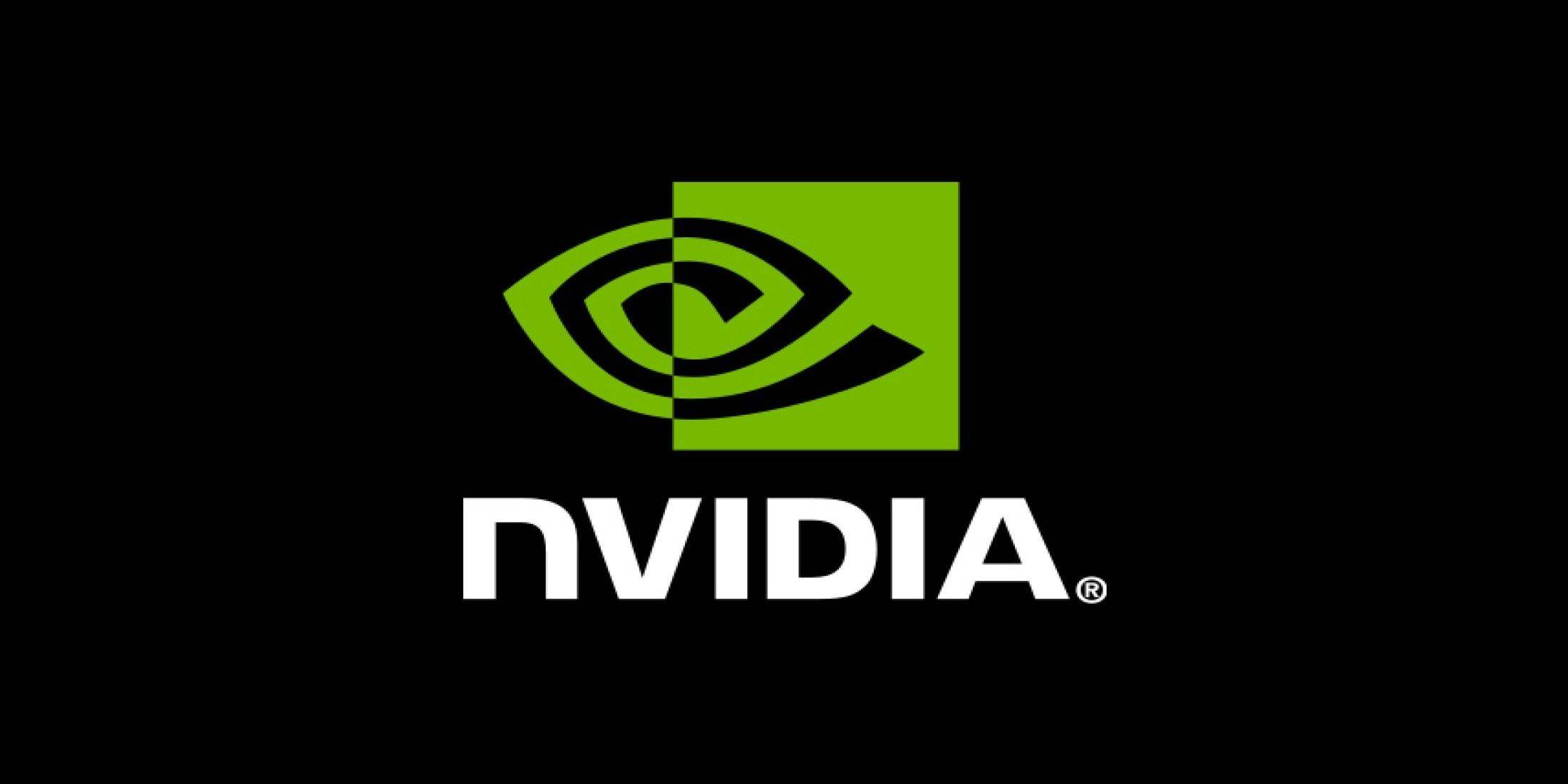
Nvidia RTX 5090 Specs Leak: Rumor Confirmed?
Mar 14,2025
-
5

Hearthstone has kicked off the Year of the Raptor with a myriad of new content
Mar 16,2025
-
6
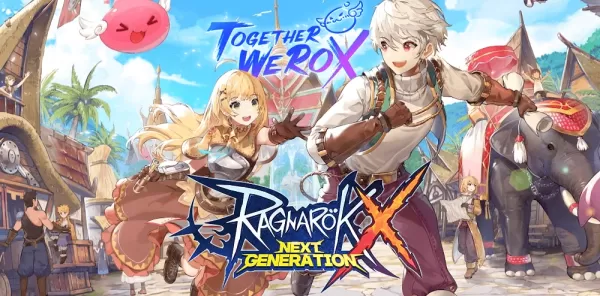
Ragnarok X: Next Gen - Complete Enchantment Guide
May 25,2025
-
7

McLaren Returns to PUBG Mobile Collaboration
Aug 27,2024
-
8

Roblox: Trucking Empire Codes (January 2025)
Mar 05,2025
-
9
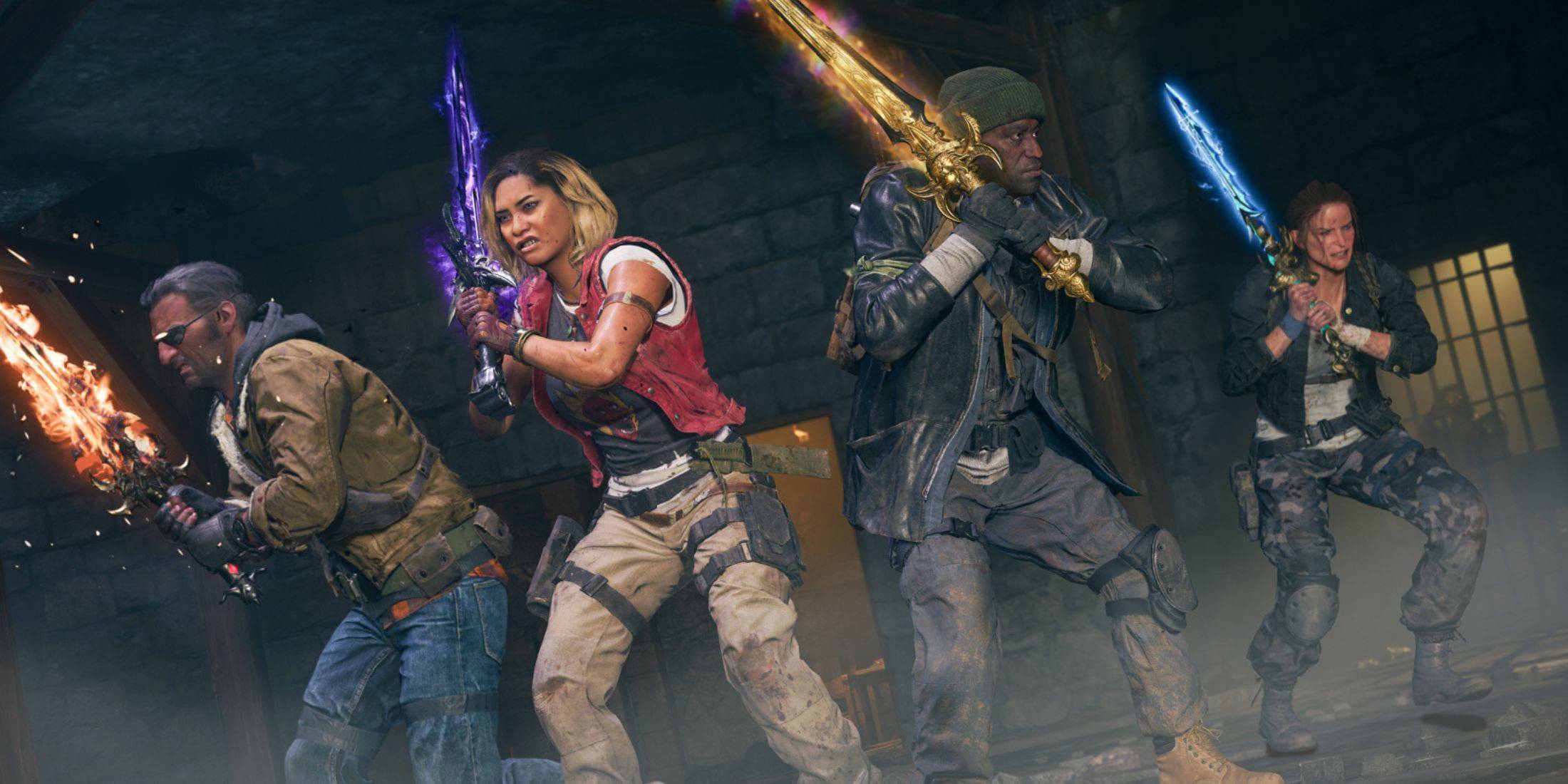
January 15 Is Suddenly a Big Day for Call of Duty: Black Ops 6 Zombies Fans
Feb 20,2025
-
10

Assetto Corsa EVO Release Date and Time
Jan 05,2025
-
Download

DoorDash - Food Delivery
Lifestyle / 59.30M
Update: Apr 23,2025
-
Download
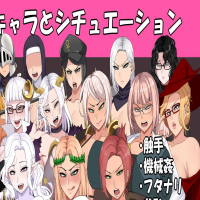
Niramare Quest
Casual / 626.43M
Update: Feb 21,2023
-
Download

The Golden Boy
Casual / 229.00M
Update: Dec 17,2024
-
4
POW
-
5
Gamer Struggles
-
6
Mother's Lesson : Mitsuko
-
7
Poly Pantheon Chapter One V 1.2
-
8
How To Raise A Happy Neet
-
9
Dictator – Rule the World
-
10
Strobe










